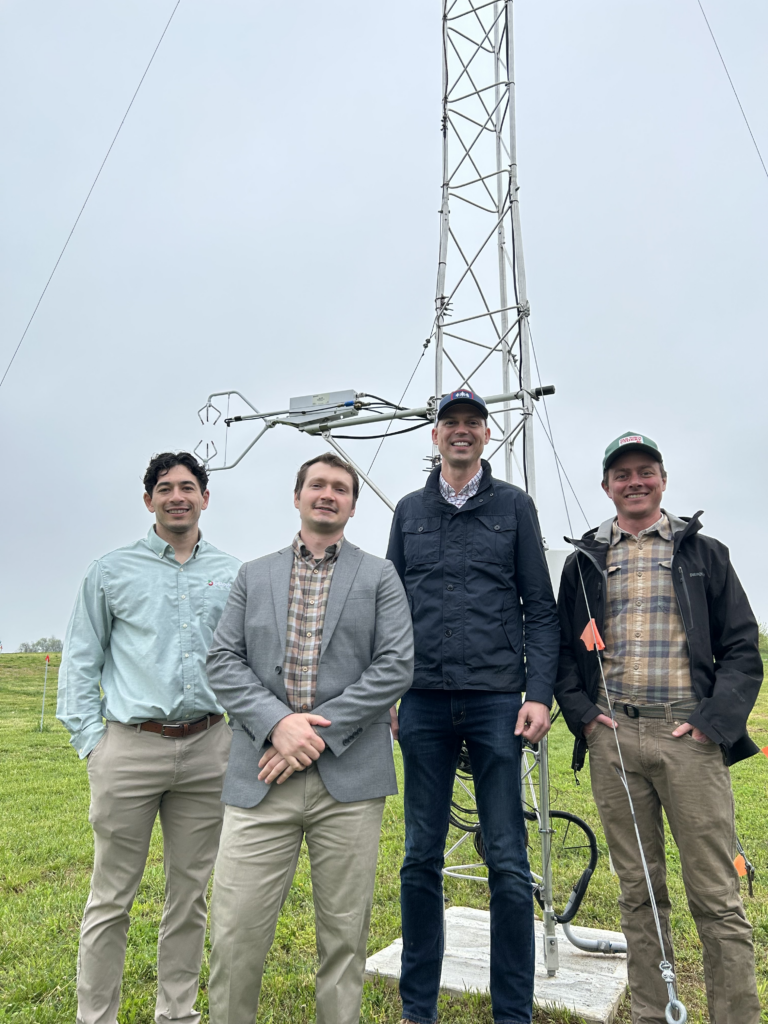Apr 25, 2024EPA, USApple tour USDA Appalachian Fruit Research Station
Rod Snyder, senior advisor for agriculture to the EPA administrator, recently visited USDA’s Appalachian Fruit Research Station in Kearneysville, West Virginia.
Snyder, who was invited to the station tour by the U.S. Apple Association, was joined by Jim Bair and Mitchell Liwanag, USApple’s president and CEO and manager of environmental affairs, respectively. Philip Glaize III, a Virginia apple grower and USApple board member, and Don Dove, a West Virginia apple grower, also participated.


USDA station researchers briefed the group on fruit tree research, including:
- Carbon accounting and deficit irrigation, by Andrew Bierer, research soil scientist
- Root architecture and rootstock-scion interactions by Lisa Tang, research horticulturist
- Fast track breeding and development of stacked resistance traits (both biotic and abiotic) by Chris Gottschalk, research geneticist and breeder
- Understanding the impact of rapid apple decline and other undescribed viruses on apple trees, by Tami Collum, research plant pathologist
“Federal investments in agricultural research are vitally important as we work to build a more resilient, productive and sustainable food system,” Snyder said in a news release. “EPA values our science-based partnerships with USDA, USApple and other agricultural stakeholders as we seek to address emerging pest and disease pressures, as well as the ongoing impacts of climate change.”


Much of the research at the Appalachian Fruit Research Station has implications for finding resistance to diseases like fire blight — a bacterial disease that can quickly wipe out entire apple orchards. Other research on greenhouse gas mitigation opportunities in orchards could be key to serving as another agriculture-based solution to address climate change.
“Rod Snyder’s visit to the Appalachian Fruit Research Station, to familiarize himself with important apple research, illustrates his commitment to our industry,” Bair said in the release. “We appreciate his desire to learn about the interface of environmental protection and apple growers’ commitment to being good stewards of the land.”
The Appalachian Fruit Research Station conducts fundamental, applied and developmental research on critical problems of temperate fruit production (apples, peaches, pears, plums, strawberries, blueberries, raspberries and blackberries). The station develops new knowledge, germplasm and technology to maximize productivity and quality of fruit crops, and minimize the adverse effects of biotic and environmental factors on fruit crops to ensure a stable and cost-efficient supply of safe and nutritious fruits to American consumers, according to the release.















